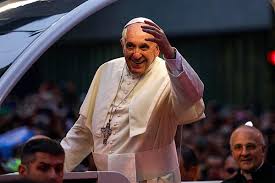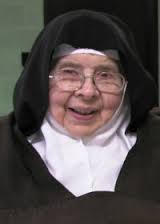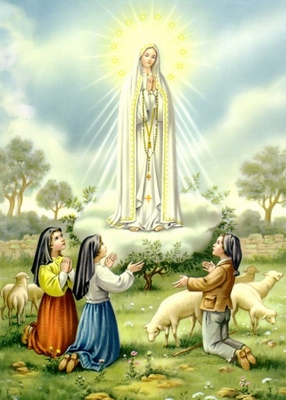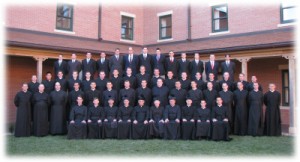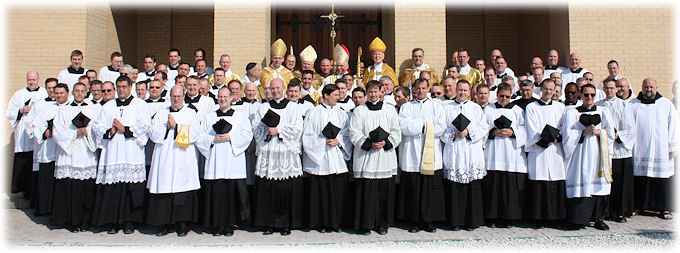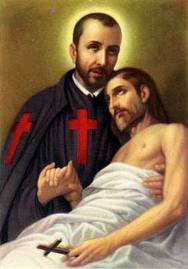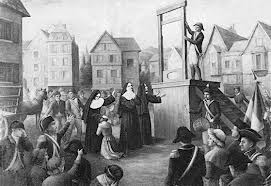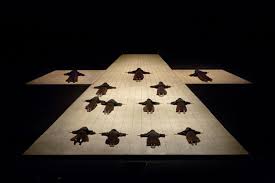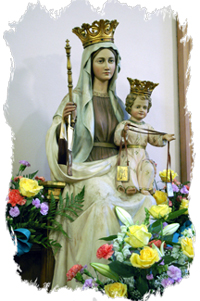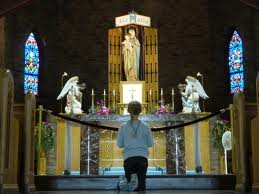 This month’s issue of Religious Life magazine is devoted in good part to the only approved Marian apparition site in the United States – the Shrine of Our Lady of Good Help in Champion, Wisconsin. Our Lady appeared to Adele Brise in 1859 and told her to teach the children their catechism and about the sacramental life of the Church. “Gather the children in this wild country and teach them what they should know for salvation.”
This month’s issue of Religious Life magazine is devoted in good part to the only approved Marian apparition site in the United States – the Shrine of Our Lady of Good Help in Champion, Wisconsin. Our Lady appeared to Adele Brise in 1859 and told her to teach the children their catechism and about the sacramental life of the Church. “Gather the children in this wild country and teach them what they should know for salvation.”
in 2009, Bishop David Ricken of Green Bay opened a two-year inquiry into the apparitions. He found that they exhibited a supernatural character and were worthy of belief. The other important act was the entrusting of the Fathers of Mercy as guardians of the shrine. They have seen the number of pilgrims increase from 25,000 a year in 2010 to about 200,000 a year in 2011!
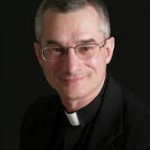 The shrine offers daily mass, confession, spiritual direction, anointing of the sick, meeting rooms for groups, a new cafe (it is pretty remote), and other devotions. It is unlike other apparition shrines in that the countryside looks much as it did 150 years ago. There are no shops, restaurants or secular establishments to speak of anywhere nearby with the exception of a few farms. Hence, it is a beautiful place for quiet reflection.
The shrine offers daily mass, confession, spiritual direction, anointing of the sick, meeting rooms for groups, a new cafe (it is pretty remote), and other devotions. It is unlike other apparition shrines in that the countryside looks much as it did 150 years ago. There are no shops, restaurants or secular establishments to speak of anywhere nearby with the exception of a few farms. Hence, it is a beautiful place for quiet reflection.
Fr. Peter Stryker, C.P.M., the Rector of the Shrine, in commenting on the value of their Fathers’ work at the shrine quoted from a 1955 book on the shrine’s history in which it said:
There must be a grave reason and great need for Mary to come so often in our generation. There are great dangers threatening us…these are hurling humanity down the precipice of ruin and destruction….Mary would remind us of the value of suffering, the necessity of sacrifice, and the mercy of our Savior.
Fr. Stryker says that we all have the responsibility to open the door of faith to our family, friends and neighbors. This Year of Faith and the Holy Father’s words at World Youth Day have the same message: Go out to all the world and tell the Good News.
And as someone who has been to the shrine, I am happy to be reminded of what a pilgrimage is all about. Regardless of what we may experience there, a pilgrimage is still, in the words of Father Stryker, “an outward sign of our desire to be on a safe path regarding our ultimate pilgrimage: our journey toward heaven as our true and eternal home!”
Like this:
Like Loading...



